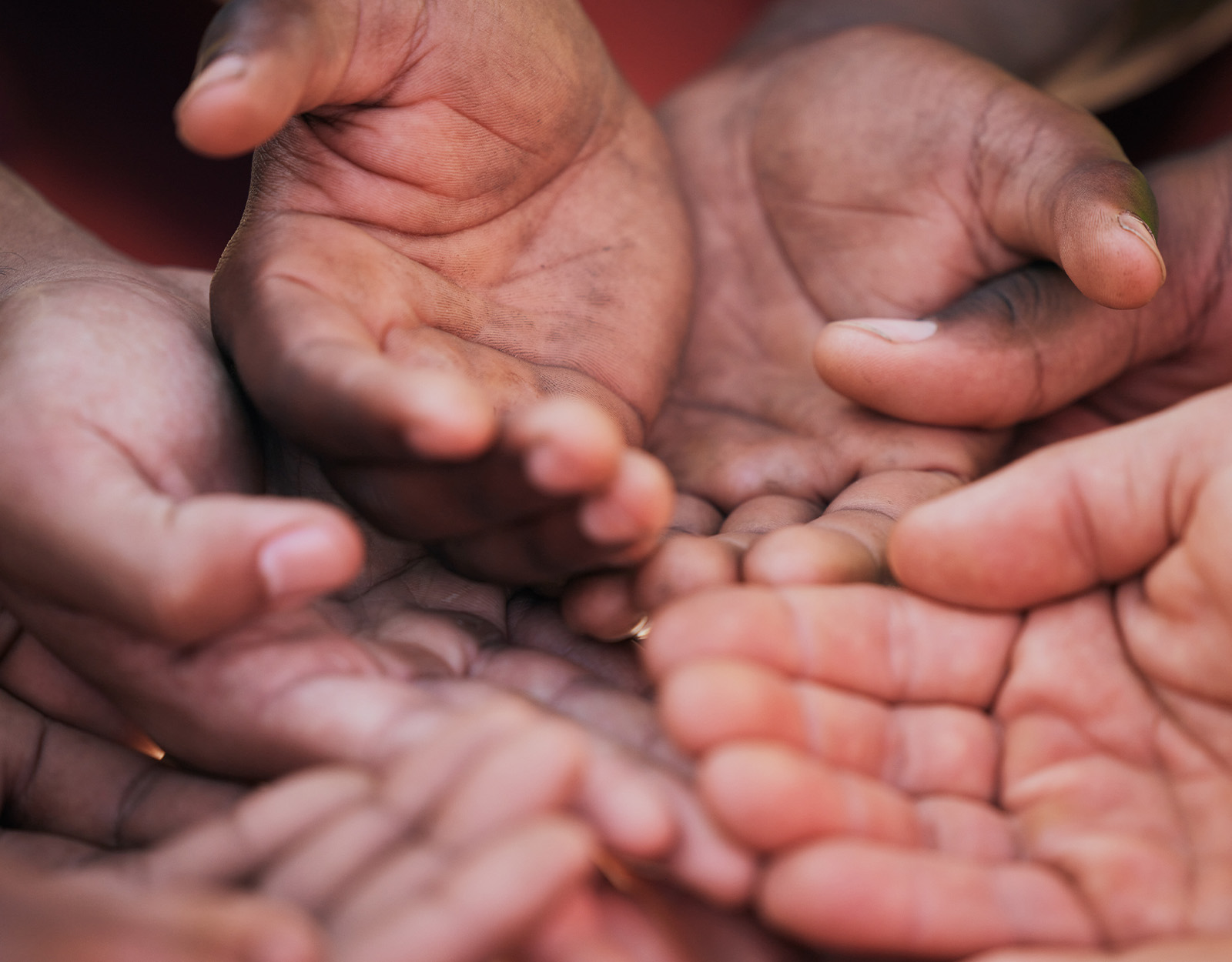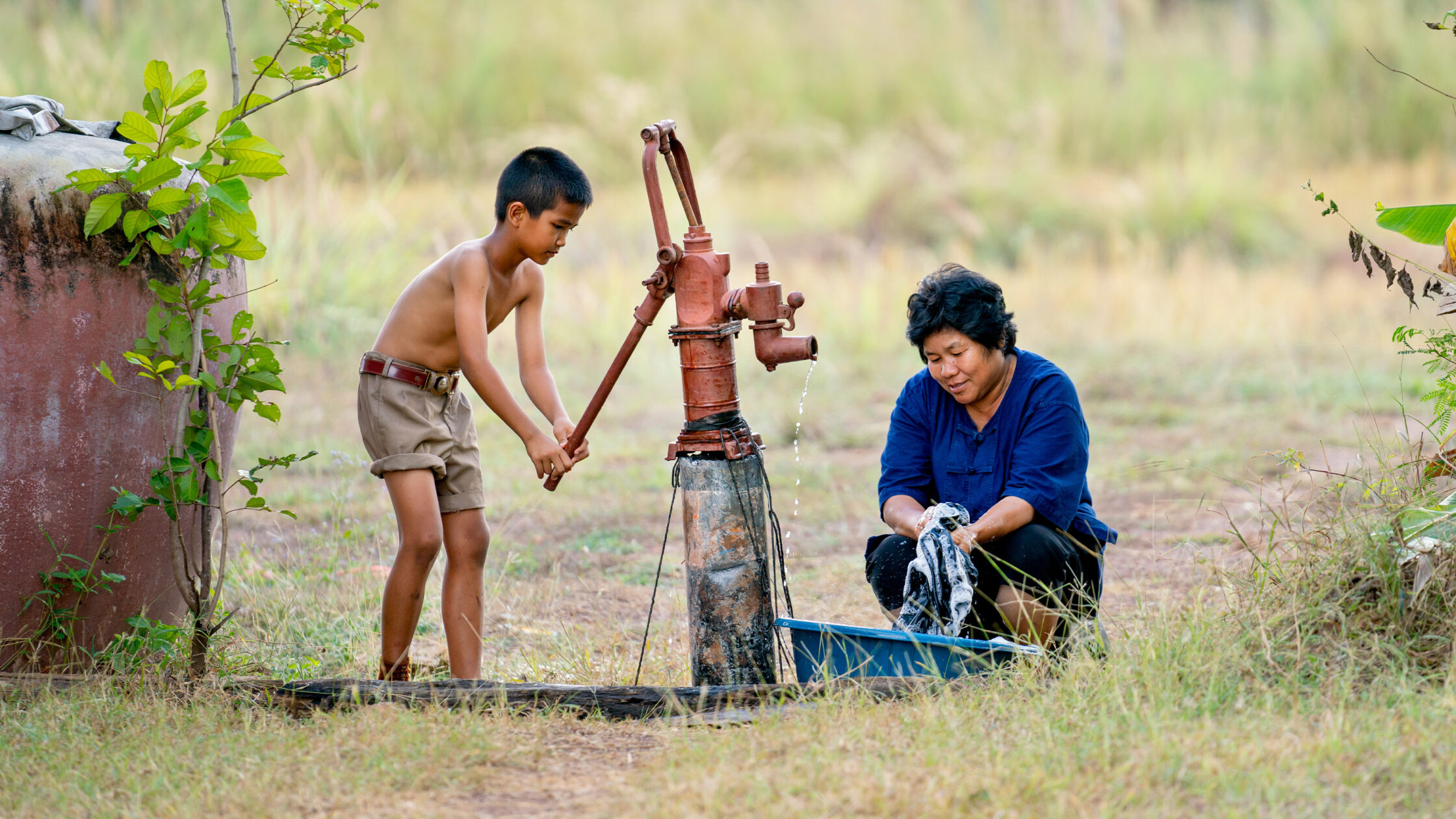Why Child Labor in the Philippines Should End Now
Child labor in the Philippines isn’t something that will stop overnight. It’s a systemic problem; one that can overwhelm because there are just too many things to start fixing.
When we ask our kids to “clean their room”, “wash the dishes”, or “fold their clothes,” that’s not considered child labor in the Philippines. Even though they might scream and protest that it is.
Although highly complex, child labor can first be simply defined as when a child needs to give up certain legal rights such as “the right to health, education, family life, play, and recreation” to contribute to the family’s overall income (Cohen, 1989; Fallon and Tzannatos, 1998; Edmonds, 2007). While many frown on the practice, it’s considered normal in many countries that have a high rate of poverty (Nieuwenhuys, 1996; Udry, 2006). But to address child labor which also happens to be rampant in the Philippines, we first need to address and recognize that many of the instances wherein children are turned into laborers have various reasons — some of which can be both exclusive and related to one another.

Child Labor in the Philippines: Where does this happen?
We can see child laborers almost everywhere, even calling them various names. Out-of-school youth, poor kids, kids in high-risk areas — these kids are the ones we see either begging on the street, knocking on our car windows or selling wreathes of Sampaguita, washing car windows with liquid dishwashing soap and water, selling food their parents or they have prepared, or acting as parking attendants to support their families (Alonzo and Edillon, 2002; Aldaba, Lanzona, and Tamangan, 2004; Fernandez and Abocejo, 2014).
However, those are the milder jobs. Some end up in far worse conditions, in exchange for what appears to be more money to support their families. Some darker industries such as the organ black market (when donors are impossible to find legally), child pornography and prostitution (another complex problem in itself!), and even drug running have often used children to employ “the helpless child” strategy against those who want to throw a wrench in their plans (Porio and Crisol, 2004).
The Various Origin Stories and Motivations
Some origin stories of child laborers in the Philippines often have common elements such as having an absentee parent with the remaining parent to support the several children in the household or, the child, having no parent or legal guardian to advocate for them, becoming prey for those who are looking for cheap labor wherein there’s no need to pay for taxes and government-mandated benefits (Udry, 2006). However, there are also cases wherein it’s the parents who insist on their children becoming skilled laborers, citing the commonly preached Filipino virtue of utang na loob as the reason (Villamil, 2002; Pörtner, 2006).
But not all stories have a black-and-white where it’s child vs. parents. Some end up in their circumstances when certain things become more financially taxing than they should like medical bills. When parents have chronic diseases that make some employers hesitant to get them, children — most especially the eldest or whoever becomes an OFW — become the breadwinners to further support their treatment (Garcia, Habaña, and Canto, 2022). However, it’s important to note that many of these kids will have mixed feelings about it. Some will say they are willing to do so despite their reservations, feeling that their parents feel guilty about asking them to look for work.
So how do we correct such deviant practice?
Dealing with Poverty and Child Labor: The Economic “Hydra”
Recall the Greek mythological creature, the dreadful and voracious Hydra. We know what made this snake-like creature so horrifying is that when the hero cuts off one head, two more grow in its place. The same applies to child labor in the Philippines; seemingly solving one problem somehow adds two more in its place, slowly disillusioning and chipping away at the passion of those who once strongly advocated against child labor. Because there are many causes of poverty, those who have been overwhelmed often resign to calling it a “systemic problem” before eventually accepting it as a “reality” because “they can’t save everybody.” (Morley and Ablett, 2016; German and Knight, 2020)
But like all problems, they can be deconstructed. The approach to eliminating child labor once and for all perhaps lies not in looking for a solution that can magically make the whole thing go away. Rather, it is a combination of various solutions that are specially designed to counter a specific cause of poverty that will eventually make child labor in the Philippines a thing of the past.
Food shortage is a common worry of those in poverty which organizations like Rise Against Hunger Philippines and Rural Rising hope to address by making sure farmers and food businesses can fill empty tummies with good and nutritious food.
Illiteracy is also another problem which has organizations like Hopeful Writer Studios that hold various workshops to teach English to those who could not complete their education but would like to at least complete a part of it. Whereas, Teach for the Philippines deploys teachers to various high-priority areas and in exchange for the teachers’ community service, mentors future teachers to build their careers as if to “pay it forward.”
Yes, their efforts may appear minuscule. But combined, it slowly chips away at poverty — one of the main and biggest causes of child labor in the Philippines. We can help, too; with all the avenues, all we have to do is just pick one that fits into our schedule and passion, learn the ropes, and contribute to winning the fight!

A Problem Only Exists When Nobody Wants To Try Fixing It
Child labor in the Philippines may be a long frowned-upon practice yet, it persists because the expectations to solve it are so overwhelming. We think that it has to be some grand gesture when sometimes, something as small as organizing an Excel sheet or reaching out to people, is good enough. And as parents, this kind of belief is something we can teach our kids when we engage in social work with them. While colleges and high schools may have these immersions, the call to end Child Labor is not only for the youth. But, it’s also for the parents who know that a child laborer is no way a child should live.
References
Aldaba, F. T., Lanzona, L. A., & Tamangan, R. J. (2004). An empirical analysis on the trade-off between schooling and child labor in the Philippines. Philippine Journal of Development, 31(2), 215-246.
Alonzo, R., & Edillon, R. (2002). Eliminating child labor in the Philippines. Paper submitted to the International Labour Organization as part of an ILO/International Programme on the Elimination of Child Labour (IPEC) study.
Cohen, C. P. (1989). United Nations: Convention on the Rights of the Child. International Legal Materials, 28(6), 1448–1476. https://doi.org/10.1017/s0020782900017228
Edmonds, E. V. (2007). Child labor. Handbook of development economics, 4, 3607-3709.
Fallon, P., & Tzannatos, Z. (1998). Child labor. Washington, DC: World Bank.
Fernandez, R. C. C., & Abocejo, F. T. (2014). Child labor, poverty and school attendance: Evidences from the Philippines by region. CNU Journal of Higher Education, 8(1), 114-127.
Garcia, K. L., Habaña, K., & Canto, D. (2022). The Effects of Labor Migration and OFW Remittances on the Level of Poverty in the Philippines. Journal of Economics, Finance and Accounting Studies, 4(1), 203-221.
Germain, C., & Knight, C. (2020). The life model of social work practice: Advances in theory and practice. Columbia University Press.
Morley, C., & Ablett, P. (2016). The renewal of critical social work. Social Alternatives, 35(4), 3-6.
Nieuwenhuys, O. (1996). The paradox of child labor and anthropology. Annual review of anthropology, 25(1), 237-251.
Pörtner, C. C. (2016). Effects of parental absence on child labor and school attendance in the Philippines. Review of Economics of the Household, 14, 103-130.
Porio, E. E., & Crisol, C. (2004). The use of children in the production, sales and trafficking of drugs: A synthesis of participatory action-oriented research programs in Indonesia, the Philippines and Thailand.
Udry, C. (2006). Child labor. Understanding poverty, 4, 3607-3709.
Villamil, W. M. (2002). Determinants, consequences, and policy implications of child labor in the Philippines. Philippine Review of Economics, 39(2), 111-161.
More topics to read on:
10 Important Things Parents Need to Know About Dyslexia
The Disturbing Reality of Online Sexual Exploitation
Child Trafficking: What Happens To These Kids After?









